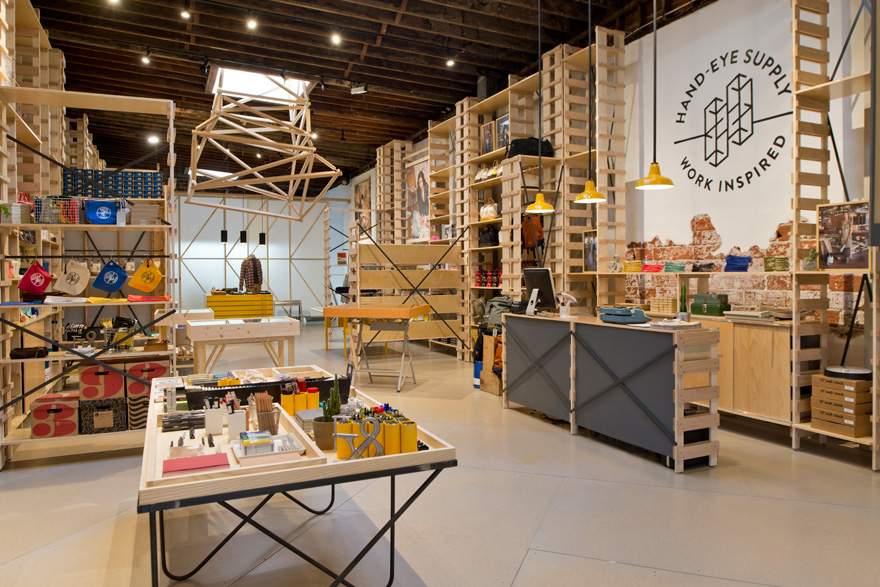
The AliveCor heart monitor is the first FDA-cleared device to let patients monitor their heart rhythm through a smart phone, enabling cost-efficient, timely diagnosis of cardiac arrhythmias for those at risk. Designed by Karten Design.
With the explosion of wearable technology and legislation like the Affordable Care Act, the medical product industry is rapidly evolving. Healthcare is seeing unprecedented changes, creating new opportunities for devices that connect consumers and doctors to information faster, easier, and more efficiently.
"It's coming to a point where there are just amazing breakthroughs every day," says Tor Alden, Principal and CEO at HS Design (HSD), where he has been directly involved in medical design for over 14 years. "[Technologists] are innovating and changing the landscape of how healthcare is going to be done to the point where we're not going to recognize it in the next three or four years from where it is now." It's a changing landscape that has caught the eye of many innovative startups, who now make up half of HSD's client list. "These new products have amazing technology, but it needs to be humanized and centered on user needs to be successful." HSD is positioning itself to be a bridge connecting the medical and healthcare startups with the investment banker communities. Alden predicts that if the growth continues at this rate, that number could be closer to 80% in the next few years.
One of the factors opening the door for innovation in the medical device industry is the Affordable Care Act. As requirements roll out for health care providers, there is an increasing need for new tools and products that ensure patient compliance. Take a typical hip replacement, for example: Under the Affordable Care Act, if a doctor or hospital is not tracking the compliance and rehabilitation of that patient and they return within a year with no improvement, the hospital owes money to the government. There's a financial incentive to make sure patients get better and, therefore, to track and evaluate their progress. This could spur invention around hip replacements—possibly leading to one with a chip (i.e., embedded UDI) to track rehabilitation or remind patients to get complete their physical therapy exercises.
(more...)











































